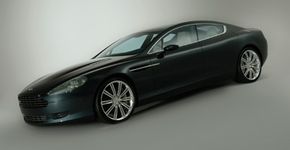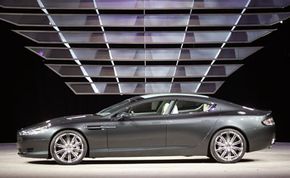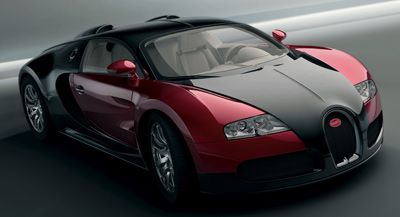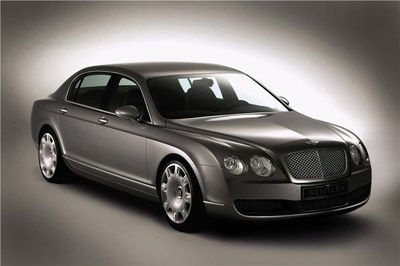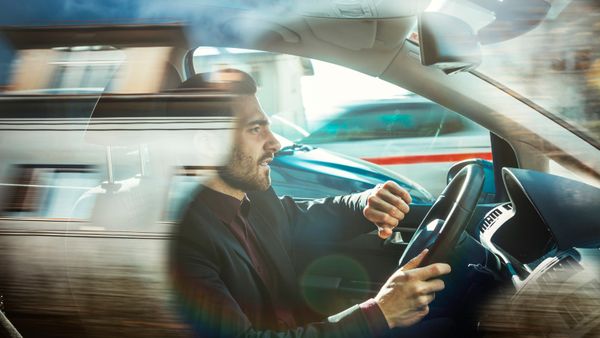Although the Rapide's name clearly refers to the speed of the car, Aston Martin didn't just choose it to sound exotic and cool (even though it does). The name actually comes from a much older car, the Lagonda Rapide. Lagonda was another British auto company that shared a similar history with Aston Martin -- it started producing cars around the early 1900s, racing them to win medals and gain popularity. But World Wars I and II ended up holding back production, and the company began to experience the same kind of financial troubles as Aston Martin.
When David Brown purchased Aston Martin in 1947, he also decided to buy Lagonda along with it and merge the two under the Aston Martin name. From 1961 to 1964, a small number of Lagonda Rapides were produced. They were hulking, four-door luxury sedans that weighed more than 3,500 pounds, yet still performed at high speeds of about 130 mph, which meant they burned a lot of gasoline.
Rapide architecture
In order to compete with other longer, high-performance vehicles like the upcoming Mercedes CLS and Porsche Panamera, the new Rapide has taken inspiration from the unlikely Lagonda Rapide, stretching out Aston Martin's traditional two-door coupe into a "four-door, high performance" coupe. While the original Lagonda Rapide was heavy and, despite its luxurious qualities, slightly awkward, Aston Martin has applied its unique V/H (vertical/horizontal) architecture, a unique design platform that uses a glued and riveted aluminum tub, and light materials to make the new Rapide an entirely different car.
The body of the Rapide consists of a carbon fiber composite that gives its structure high strength and low mass, increasing both safety and efficiency. Most mountain bike frames are made from carbon fiber, so you might understand how light, yet strong, the material is if you've ever ridden one before.
Engine specifications
The same 6-liter, V12 engine that powered the DB9 is under the Rapide's hood, so not much has changed in terms of performance. It's worth noting, however, that the engine had to be increased from 450 brake horsepower in the DB9 to 480 bhp to adjust to the longer wheelbase -- more power is necessary in order to keep the stretched-out Rapide running as a high-performance vehicle. The engine is also mated to a ZF Touchtronic gearbox, which allows the driver to shift between drive, park, neutral and reverse with the push of a button.
All of these specifications confirm the Rapide is nothing less than a high performance sports car, but Aston Martin made sure this model provides the best of both worlds. For more on the luxury and comfort features of the Rapide, read the next page.

